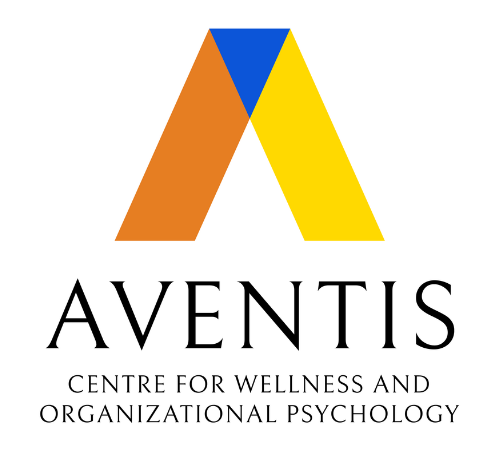There has been an increasing need for Employee Assistance Programs (EAP) in the workforce. This is especially so given the Covid-19 situation and the changes in the mode of working to work-from-home. However, is it really necessary? Do companies and employees really benefit from it?
Firstly, what exactly is EAP?
EAP stands for Employee Assistance Program. It is an employee benefits program provided by a company to help employees resolve issues that could impact their lives. Workplace counselling, mental wellness coaching and mental health first aid has been shown to improve employee morale and job satisfaction. The goal of EAP is to address issues that employees are facing before they negatively affect work performance.
EAP deals with numerous issues, be it workplace or personal issues. Workplace Issues include:
- Problems with their performance
- Conflict with their co-workers
- Bullying and harassment
- Adjusting to changes in the workplace
- Managing work-related stress
- Work-life balance
- Grief Counselling
Personal Issues include:
- Anxiety or depression
- Relationship or family issues
- Stress management
- Life changes
- Low self-esteem
- Anger management
- Gambling or substance abuse issues
Secondly, while EAP is increasing in popularity among businesses, many employers still believe they are a waste of money and time. However, numerous studies and research have shown that EAPs have a good impact in the workplace. A survey conducted by the National Council of Social Service (NCSS) found that every $1 invested in workplace adjustment to accommodate persons with mental health conditions such as providing access to counselling, flexi-work arrangements and job redesign generated an average of $5.60 in returns. This extends to other benefits such as reduction in absenteeism, reduction in medical claims and increase in average working hours per employee per week.

This demonstrates that EAPs may significantly increase employee health and wellness. Employers should be aware, however, that having an EAP in place without thorough research and planning is insufficient, and that program efforts that significantly benefit workers’ needs should be effectively implemented.
So how exactly do you get your employees to utilise the EAP services that your company has engaged in?
One, highlight that the EAP sessions are confidential. While some employees may have differing ideas on whether they prefer to speak to a familiar face or not, they may still be hesitant to open up and provide personal information, causing them to drop out of the program completely.
When employees do not seek appropriate assistance, their condition or problem worsens over time, potentially affecting their health, well-being, and job performance. Employers should make sure that workers understand the importance of EAP confidentiality. Sending out reminders about the program and how all information shared remains private and confidential is a smart way to achieve this. This ensures that employees feel safe and comfortable to take part in EAP, increasing the utilisation of it.
Two, promote the EAP frequently. Employees may forget or be completely uninformed of the company’s EAP. Employers should be proactive in marketing and informing employees about the program, its advantages, and other critical details like how to schedule. The easiest and most successful way to raise awareness about the EAP is to send out emails and newsletters about it. It’s also the quickest and most private way for employees to get in touch with the program if they have any queries or concerns.
Promoting the program throughout the year also aids in fostering EAP talks among employees and the firm. Employees who realise that the firm actively supports and encourages them to seek treatment and improve themselves trust the organisation more and gradually become more comfortable with themes such as mental health, burnout, stress and loss in the workplace.
Three, remove the stigma in your workplace regarding mental he

alth issues. In some businesses and among certain employees, the stigma around mental health still exists. Many employees, fearful of being judged, immediately dismiss an EAP because of its connection to mental health. It is up to businesses to correct any misconceptions about the situation. Employees must comprehend the significance and health advantages of conducting mental health discussions. As a result, hosting seminars and lectures with experts might assist to explain any worries about the subject.
In conclusion, it is best for companies to engage in EAP and for their employees to participate extensively in it. It is nevertheless important to respect the wishes of the employees should they not feel comfortable in doing so. Companies should also seek the right balance in encouraging employees to seek help while not passing the boundaries.

